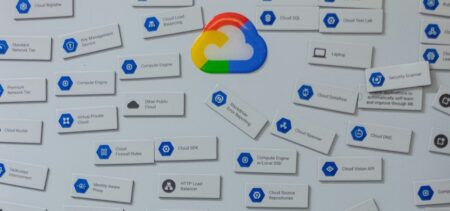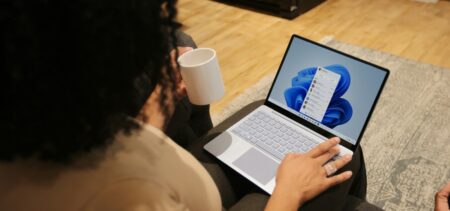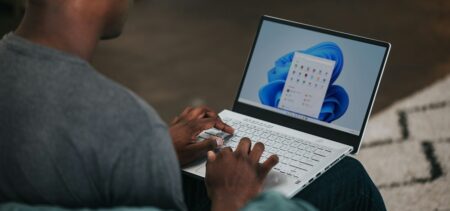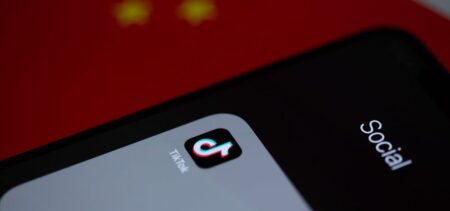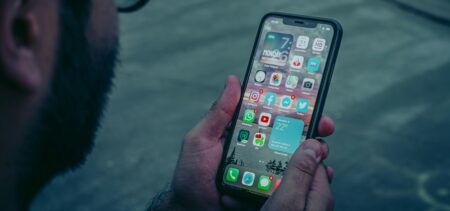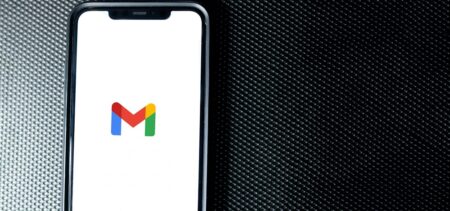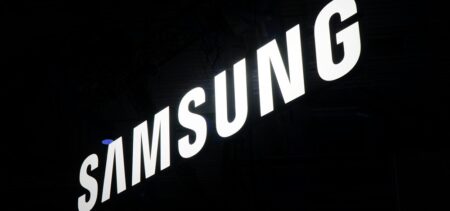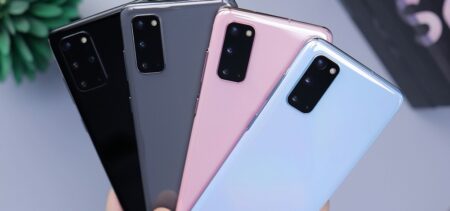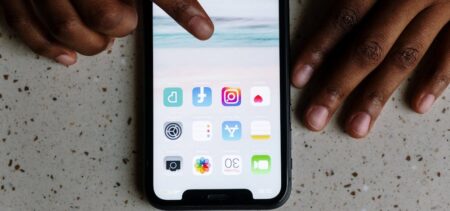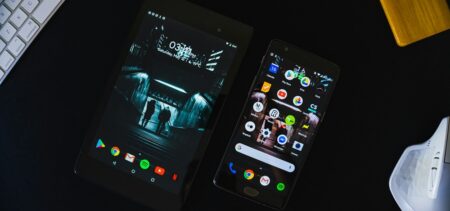Some might say that tech evolution is getting out of hand. Some are actually saying that it needs to be controlled so it doesn’t become harmful. We probably haven’t crossed into really dangerous tech territory yet (with what’s available for the general consumer), but because of this giant technological leap, the management of several connected devices has become time-consuming. Owning a smartphone, a tablet, a laptop, and a wearable is becoming pretty much normal for most people, but some of these devices might become obsolete in a few years, according to a recent report by Ericsson ConsumerLab.
AI systems wedging out most display-based devices, VR shopping, or internal body sensors that measure wellbeing might sound like something out of a Sci-Fi Steven Spielberg movie. The Ericsson research shows that some people already believe these technologies will be available in the next few years. The majority of consumers are starting to understand what technology should be about – making our lives better. Whether it’s time management, productivity, health or entertainment, there can be great improvements with help from technology. But how can technology make everything easier when there are so many devices and apps you need to manage? Well, the general efficiency trend for technology in the past years has been simplicity, and consumers seem to understand that should be the next logical step.
The thing about trends is that there is no guarantee they will actually make something happen. Consumers could vote they believe dream hacking will be the next big thing – and we would have a great Inception-like article topic, but that doesn’t necessarily mean it will happen. The relevance of the trend – therefore the chance of it happening, is related to the number of consumers that believe in it. A great number of customers voting for the same option can mean one of 2 things: all the poll participants watch too much of the same Sci-Fi movies, or tech evolution indicates what options would be the next logical steps. Either way, tech developers worldwide would know what to focus on next, if they are not doing it already.
When over 1 billion people across 24 countries participate in a report, it’s safe to say that the end result is relevant. We will separate the trends from the Ericsson ConsumerLab report based on time periods they are most likely to happen. As expected, most trends involve the Internet, not just because we have so many online habits nowadays, but also because consumers have become influencers themselves, therefore their impact in product development is greater than it ever was.
Consumer tech trends for the first half of 2016
1. Streaming video content is here to stay grow. Consumers are beginning to shift towards online video content. We are already experiencing this trend happening. The amount of uploaded YouTube content per minute has grown about 10 times since 2011. While 46 percent of the 30-34 year olds spend an hour on YouTube every day, 20 percent of the younger viewers (16-19 year olds) watch about 3 hours of video content on YouTube daily. Netflix is starting to prove that in the following few years, cable TV or even cinemas might become a thing of the past.
2. The time we spend commuting will become useful. Because teleportation (probably) hasn’t been invented yet, commuting is still part of most people’s lives. As the population of big cities keeps increasing, so do the commuting needs. Unfortunately, most of the time spent commuting is actually unproductive time. The Ericsson research shows that commuters want this wasted time to become more productive and enjoyable. The first logical demand of the commuters is (as you’ve probably guessed it) uninterrupted connectivity. Think of all the work you could get done on the way to work, or how much better your day would start if you could relax viewing one of your favorite shows on the road.
3. Crowd intelligence is enforcing the online democratic effect. In the past years, user reviews and recommendations have become more influential, and it’s easy to see why. Though an expert’s opinion should be (and is) more relevant, we tend to listen to the opinion that’s more relatable to us – from a normal, everyday user. A professional reviewer will have a better overall analysis of the latest iPhone, since he probably tested most of the flagships available. Online opinions and recommendations from ordinary users gained influence because most of us see them as impartial and fair, they are coming from one of us, someone who had a similar experience. That’s why user reviewing and rating have become such important factors in decision making. We pick the 4-5 star user rating when we decide which products to buy, what travel agency to use, or where to have dinner. Almost 50 percent of consumers believe that this democratic effect will influence even education in the next years.
4. Emergency apps and social media will help save lives. Facebook’s Safety Check function is probably the first big step toward emergency tech. Texting apps have become more popular not only because they are easier to use in some situations, but also because – as opposed to phone calls, users can share diverse content faster (videos, photos, or links). Imagine how much easier and faster you would get help in critical situations if you could share an image or video with the emergency services. Some users said in the Ericsson research that using a social network after a major earthquake saved their lives. 65 percent of smartphone owners are interested in an emergency app. But before the emergency app can become useful, developers still have to solve one important challenge: making the chat app free of data charges.
5. Change of the smart home concept: future homes will notify you when there’s a problem. The Internet of Things era is upon us. We can already see its effects on our homes. Everything is becoming connected, smart. A thermostat that you can control before you even get home is quite impressive, but what if your house had built-in sensors that notify you whenever there’s a mold buildup, a water leak, or an electricity issue? According to 55 percent of the smartphone users that participated in the research, that’s what smart homes will look like in just 5 years. This means that the whole smart concept will practically change. The smart items will no longer be just additions to the existing house structure, but will be built-in features. 66 percent of the participants think that in 5 years, homes might even control and regulate the air quality.
Consumer tech trends for the second half of 2016
6. Anyone with a smartphone can become an online journalist. To be fair, this phenomenon is already happening. The thing that will change the most is the level of credibility and influence. We are all becoming more active online. 70 percent of the research participants said that they share now more information online than ever before.
7. Say goodbye to screens. Here comes the AI age. We have been using screens for over 60 years. By 2011 screens were so popular that according to a study, smartphone owners in New York and Paris spent most of their time in front of a screen. In 2015, the Netflix and chill trend made sure that the screen fever is still going. With so many tablets, laptops and smartphones being sold, the screen time per capita has surely increased. But what’s next? There must be something more practical than carrying a screen with us all the time. 1 in 2 smartphone users believe that smartphones will be obsolete in the next 5 years. According to the research results, smartphone owners believe that AI systems will take over most of the common tech activities – internet surfing, personal assistance, entertainment. This might be alarming (we’re not sure yet), but a third of the research participants admitted they would feel more comfortable sharing sensitive matters with an AI interface. Therefore, technology will probably put one more nail in the coffin of human interaction.
8. VR impacts the shopping world. Most of the tech trends for consumers seem to point out two common interests: accessibility and comfort. Everyone is on board with virtual reality, and visual information will continue to be important. According to the Ericsson research, shopping should be the next logical area for VR. Let’s be honest, we would rather order from our cozy bed than waste time strolling through who knows how many shops, until we find the thing that we like. VR could actually help us do that better, since online shopping has increased as it is.
9. Upgrade your wearables to ‘internables’. The idea of implanted enhancing microchips has been around for some time, but in the past 2 years tech consumers have proved they are willing to spend a little extra for technology that can improve their wellbeing. Consumer interest shows that the next generation of wearable technology may not be worn, but actually implanted, hence the research’s clever “internables”. 8 out of 10 research participants would like to sensory and physical improvements, and they believe this will be possible in less than three years.
10. Here comes the hacking age. Security has been for some time one of the most concerning tech issues. The principle is simple so far: as our connectivity with the technology grows, so do the vulnerabilities. 2015 taught us that almost everything can be hacked. According to the research, internet users believe that cyber-attacks will increase and expand on different devices, since the tendency is to connect everything.
The Ericsson ConsumerLab research shows us that 2016 will probably the most interesting but challenging year for technology so far. There are plenty of new developments to get excited about, but always keep in mind that data security should always come first. There’s really no point in starting to use a new technology if it can do more harm to you than good.




